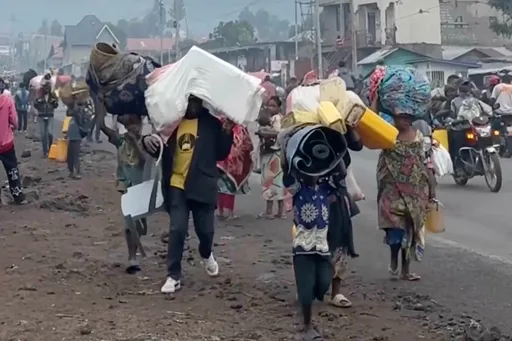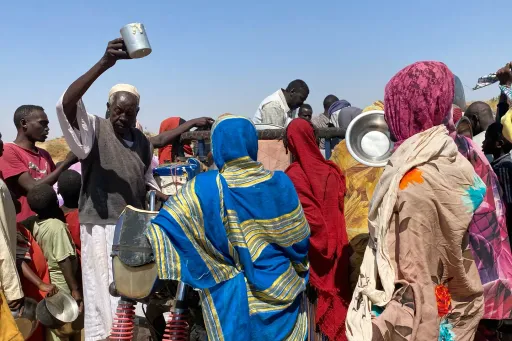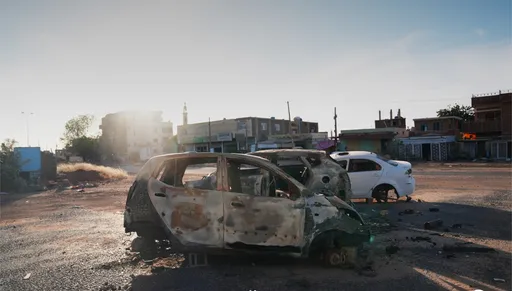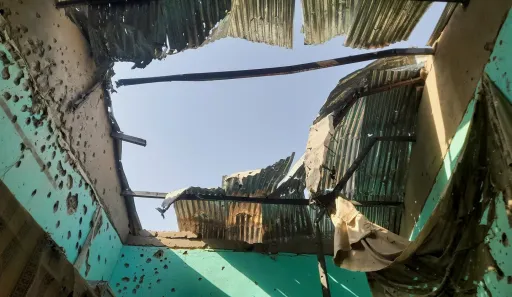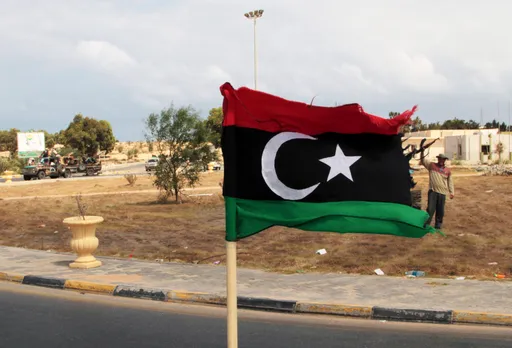The UN office of humanitarian affairs, OCHA, and the government of Ethiopia have appealed for urgent funding to respond to rising hunger in the country.
Drought is ravaging communities in Afar, Amhara, Tigray and Oromia, as well as the Southern and South West Ethiopia Peoples' Region.
“While the situation in many of these areas is already alarming, there is an opportunity to avert a serious humanitarian catastrophe through additional funding to urgently scale up and sustain response efforts,” OCHA said.
Severe water shortages, dried pastures and reduced harvests are impacting millions of people and livestock.
The number of critically food insecure people is expected to grow over the next few months, reaching a peak of 10.8 million in July, according to a recent joint assessment by the government and humanitarian partners.
The most vulnerable are people affected by the two-year conflict in Tigray, which ended about 14 months ago.
Hunger-related deaths
More than six million people are already receiving food and cash aid across affected areas, but huge gaps remain, OCHA warns.
Malnutrition rates in parts of Afar, Amhara and Tigray and other regions have already surpassed globally recognised crisis thresholds.
Nearly 400 people have died of starvation in Ethiopia’s Tigray and Amhara regions in recent months, the national ombudsman said in a rare admission of hunger-related deaths by a federal body.
Ethiopia’s ombudsman office sent experts to the regions, which are gripped by drought and still reeling from a devastating civil war that officially ended in 2022.
They concluded that 351 people have died of hunger in Tigray in the past six months, with 44 more deaths in Amhara.
Around 20.1 million people across Ethiopia need humanitarian food due to drought, conflict and a struggling economy.
Marching towards starvation
A former head of the WFP has described these levels of hunger as “marching towards starvation.”
In Amhara, which shares a border with Tigray, a rebellion that erupted in August is impeding movement of humanitarians and making distributions difficult, while several regions of Ethiopia have been devastated by a multi-year drought.
Malnutrition rates among children in parts of Ethiopia’s Afar, Amhara and Oromia regions range between 15.9% and 47%, according to a presentation by the Ethiopia Nutrition Cluster.
Among displaced children in Tigray, the rate is 26.5%. The Ethiopia Nutrition Cluster is co-chaired by the UN Children's Fund and the federal government.
Unfolding famine
Tigray, home to 5.5 million people, was the center of a devastating two-year civil war that killed hundreds of thousands and spilled into the neighboring regions.
Persistent insecurity meant only 49% of Tigray’s farmland was planted during the main planting season last year, according to an assessment by UN agencies, NGOs and the regional authorities.
Crop production in these areas was only 37% of the expected total because of drought. In some areas the proportion was as low as 2%.
The poor harvest prompted Tigray’s authorities to warn of an “unfolding famine” that could match the disaster of 1984-5, which killed hundreds of thousands of people across northern Ethiopia, unless the aid response is immediately scaled up.
➤Click here to follow our WhatsApp channel for more stories.












